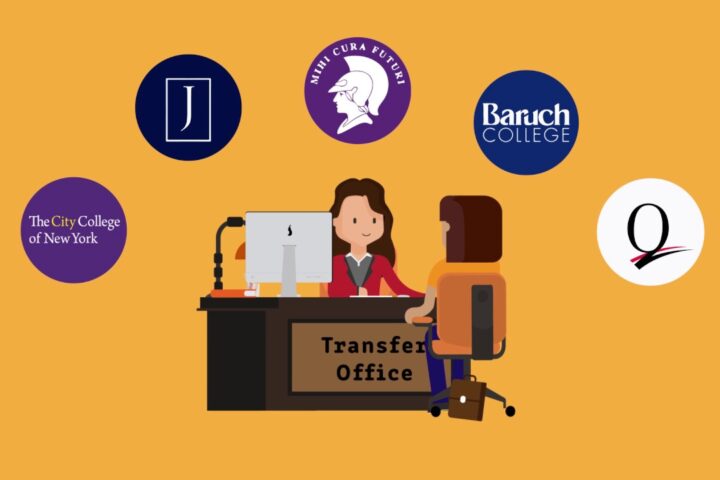On Sept. 13, 2012, The New York City Board of Health passed the controversial ban on sale of sugary drinks larger than 16 ounces in selected sale venues. Not surprisingly, the beverage industry has promised a legal challenge. How do New Yorkers feel about it? Nearly 60 percent of New Yorkers responding to a New York Times poll in August did not favor the ban, with some worried about the soda ban starting a slippery slope of regulation. A thoroughly unscientific survey (by show of hands) of around 60 nutrition and exercise science students on the first day of classes found that they largely shared the opinions of their fellow New Yorkers. So, where does the nutrition faculty stand? Overall, faculty members are in favor of the ban; some of the reasons why are outlined below.
The soda ban is one of Mayor Bloomberg’s responses to the problem of an increasing number of New Yorkers with unhealthy body weight. Higher body weight is the result of an imbalance between how many calories we consume and how many we spend. When we consume more than we spend, we store the extra calories as fat — leading to an increase in body weight. There are physiological mechanisms through which the body regulates the calorie intake in response to calorie needs. Studies show that when we consume calories from beverages, we do a poor job of regulating our total calorie intake to balance with how much we spend. In other words, drinking your calories in the form of beverages does not lead to eating fewer calories from non-beverage foods.
Another argument in favor of the ban is the well documented upward creep in portion sizes of foods during the past four decades. As a result, our perception of what is a “typical portion” has been calibrated to a larger level compared to 40 years ago. Controlled studies show that we are not good at judging food and beverage portion sizes or the number of calories in these portions. In fact, we mostly underestimate the portions, meaning that physiological signals that regulate our food intake are subverted and instead food portions drive how much we eat and drink. This ultimately helps create the imbalance of calories consumed and spent. Of course, even after the ban, New Yorkers are free to consume more than one 16 ounce sugary drink — but the media exposure surrounding the ban has increased portion size awareness, which may be the first step in moving toward an overall moderation of calories consumed.
Most consumers know that apart from sugar calories, sweetened beverages have no other nutrients. However this knowledge is no match for the powerful innate preference for the sweet taste that makes these drinks and other sweet foods so irresistible. On a hot summer day, an ice-cold sweetened beverage is refreshing, but do we need to drink more than two cups of it? New Yorkers are fortunate to live in a city with delicious, clean and safe water straight out of the tap. Give it a try!
Ashima K. Kant, PhD is a professor at the Department of Family, Nutrition, and Exercise Sciences












